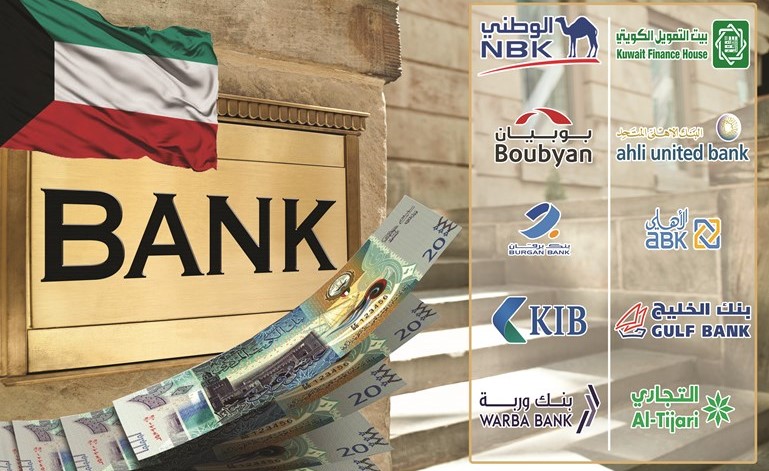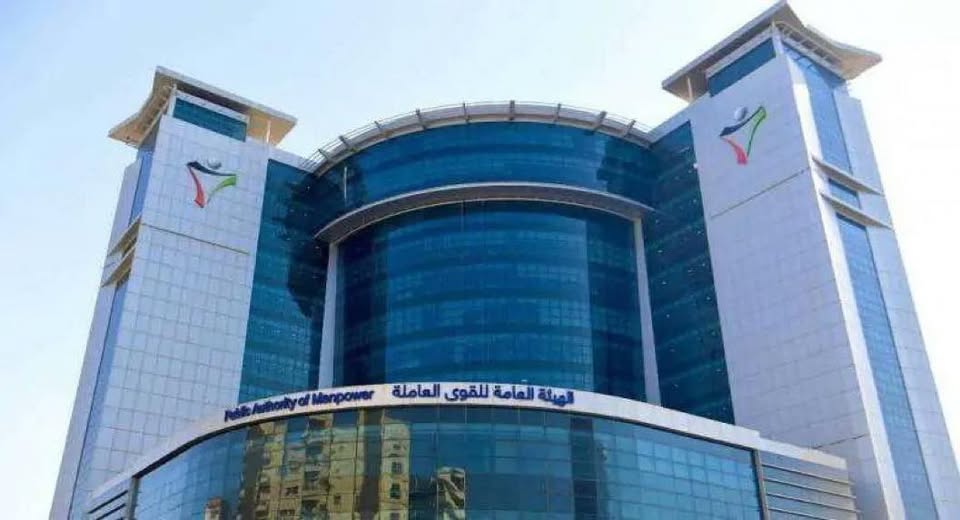Deposits in the Kuwaiti banking sector have experienced a significant increase, reaching 48.27 billion dinars at the end of the first 11 months of 2023. This marks a 2.9% increase compared to the levels recorded at the end of December 2022, which amounted to 46.91 billion dinars. In other words, local banks have attracted new deposits worth 1.36 billion dinars within this 11-month period.
The surge in deposits can be attributed to a rise in government deposits, which have increased by 30.5% and amounted to 1.03 billion dinars within the same 11-month timeframe. These government deposits account for 74% of the new deposits that have entered banks from the beginning of the year until the end of November. As a result, the balance of government deposits in banks now stands at 4.4 billion dinars, compared to 3.37 billion dinars at the end of December 2022.
Private sector deposits in dinars have also witnessed an increase of 1.25%, totaling 442 million dinars during the first 11 months of 2023. This brings the balance of private sector deposits in dinars with banks to 35.58 billion dinars at the end of November, compared to 35.14 billion dinars at the end of December 2022.
Additionally, private sector deposits in foreign currencies have increased by 1.4% over the past 11 months, reaching 25 million dinars. The balance of deposits in foreign currencies now amounts to 1.79 billion dinars at the end of November, compared to 1.774 billion dinars at the end of December 2022. However, there has been a monthly decline of 1.9% compared to 1.83 billion dinars at the end of October.
On the other hand, the deposits of financial and non-financial public institutions have experienced a decline of 2.1% from the beginning of the current year until November, with a value of 138 million dinars. This brings their balance to 6.48 billion dinars at the end of November, compared to 6.62 billion dinars at the end of December 2022. However, there has been a monthly increase of 5.9%.
The monthly credit and deposit data for the Kuwaiti banking sector provide valuable insights into monetary policy trends, global interest rate changes, and macroeconomic indicators. The growth in credit has been slower compared to deposit growth, and there has been a sluggish growth in consumer loans since the beginning of the year. This coincides with a decline in consumer spending intensity after reaching record levels last year.
Credit granted by the banking sector has increased during the 11-month period, with most loans granted to all economic sectors. Credit facilities have reached a new record level of 53.46 billion dinars, reflecting a 1.93% increase and a value of 1.01 billion dinars compared to last December when credit amounted to 52.44 billion dinars.
Despite the rise in interest rates, the demand for borrowing remains strong, indicating an improvement in business sector morale. This is supported by the gradual improvement in consumer spending and ambitious government plans. Credit recorded a monthly increase of 338 million dinars in November, a 0.63% increase compared to October when credit reached 53.125 billion dinars.
Overall, the increase in deposits in the Kuwaiti banking sector reflects positive economic trends and highlights the confidence of both the government and private sector in the stability and growth potential of the country’s financial institutions.







